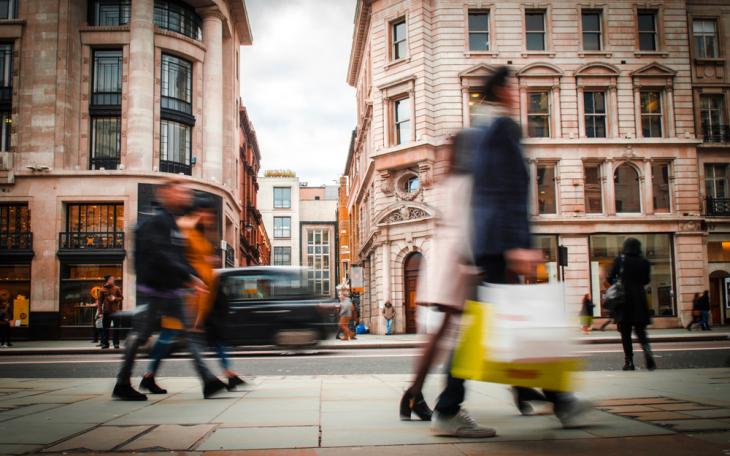This isn't just a street...this is Oxford Street

A battle is emerging between DLUHC and Marks & Spencer over plans to rebuild its flagship Oxford Street store. In 2021, Westminster City Council, then Conservative controlled, approved plans to tear down three existing buildings (up to seven storeys) and replace them with nine storeys of office and retail development. However, last week Michael Gove called in the plans to demolish and redevelop the landmark 1930s building, much to the delight of campaign group SAVE Britain’s Heritage who has been pushing to have the building retrofitted instead.
As well as heritage protection, campaigners have also argued the project would release 40,000 tonnes of CO2 into the atmosphere. M&S responded by saying that any significant redevelopment of the existing building would involve creating additional carbon emissions without delivering as many benefits of its new building.
Stuart Machin, the company’s chief executive, hit back at Gove’s decision and claimed that Oxford Street is sliding into irrelevance after falling prey to a “growing proliferation of tacky candy stores". He certainly has a point. Anyone who has been to Oxford Street recently will notice the large amounts of dodgy looking American candy stores within such close proximity of each other. While I would have certainly begged my mum to go into one of them when I was kid, they now seem eerie, lifeless and add very little to the high street atmosphere.
Rumours of money laundering, business rates evasion and suspicious accounting behaviour have recently emerged, mainly fuelled by social media speculation from TikTok. While it may not be as explicit as Tony Soprano’s “waste management business”, it is something which is causing concern. On the back of this, the now Labour-run Westminster Council announced it was currently investigating 30 shops on Oxford Street for business rates evasion totalling £5m.
Whilst this may have come to attention in the mainstream recently, this is an issue which the council has been battling with for a while. Recently, it told Time Out Magazine that it has previously taken action against stores but attempts to bring court action came to no avail due to companies dissolving or liquating in rapid fashion. This process could take a while.
One thing is clear, the once sweet relationship between the government and the flagship M&S building, which saw former Prime Minister Margaret Thatcher visit the newly extended store with her entourage in 1987, is now turning sour.
The decision from Gove may also set a precedent for future high street development projects. M&S said that this government intervention in their plans could have “a chilling effect for regeneration programmes across the country”. The future of Oxford Street and high streets across the country hang in the balance.
These days, Oxford Street seems well-versed at being the battleground between planners and politicians. Indeed, the end result will go right to the root of the debate surrounding decarbonisation in the property industry: is it better to tear down an old building and replace it with a more efficient one, or to retrofit the old one? Architect of the proposals, Fred Pilbrow, likens the project as akin to replacing a 1970s Ford Mondeo with a Tesla. The question for Ministers is whether it is better to retrofit a new engine in the gas-guzzler or crush the old model and build a new one.








